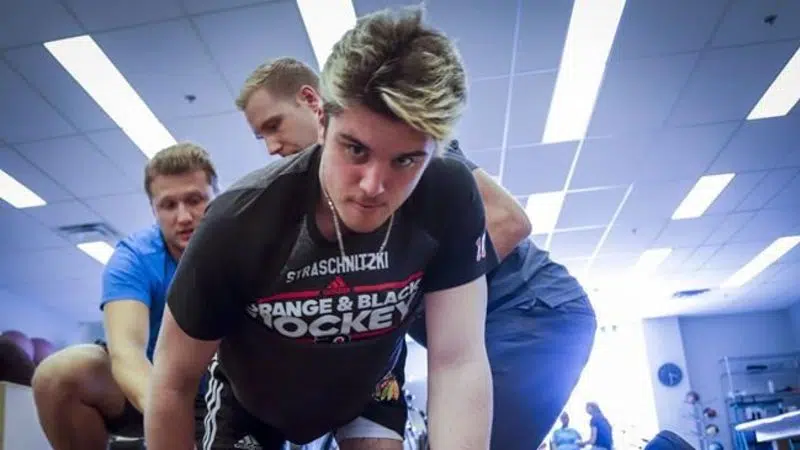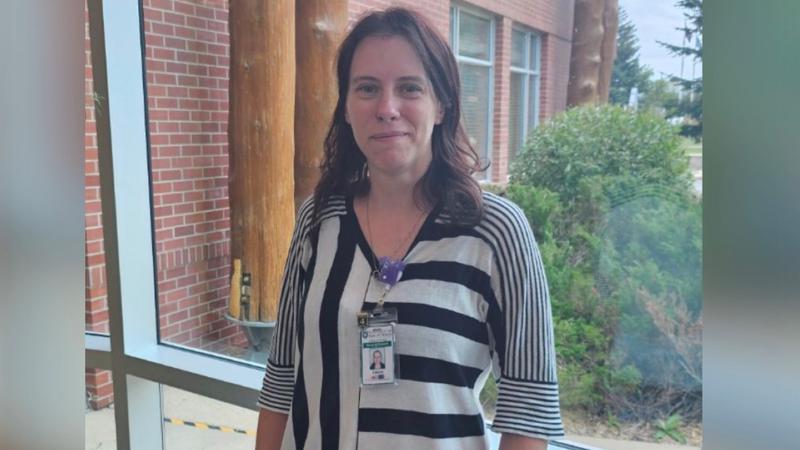
‘Turning humans into robots:’ Injured Broncos player planning spinal surgery in Thailand
CALGARY — A hockey player paralyzed in the Humboldt Broncos bus crash is planning to head to Thailand in his quest to get better.
Ryan Straschnitzki of Airdrie, Alta. plans to undergo an experimental surgical procedure on his spine that he hopes can restore some movement below the level of his injury.
“It’s kind of cool. Turning humans into robots,” the 19-year-old said with a laugh in a recent interview with The Canadian Press.


